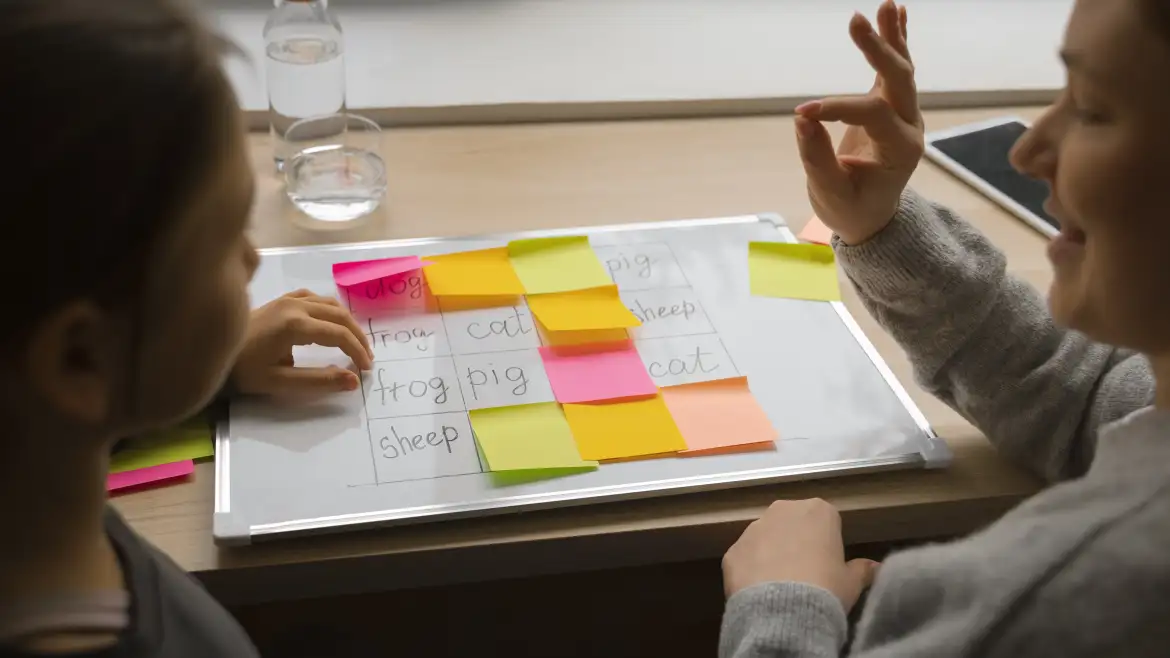If you’re a parent in Singapore navigating the P1 registration phases for the first time, you’re not alone. While the Ministry of Education (MOE) provides a structured process, many parents find themselves overwhelmed with unfamiliar terms like “Phase 2C” or “balloting.” The reality is: it’s not just about registering—it’s about understanding the bigger picture.
In this article, we’ll share six insider tips beyond the basics to help you feel more confident and better prepared for all P1 registration phases.
1. Understand Balloting – It’s More Than Just Luck
When a school has more applicants than places available, balloting is used. It might sound like a simple lottery, but it’s governed by clear rules.
What Triggers Balloting?
Balloting happens when applications exceed available places in Phases 2A, 2B, or 2C. If you’re applying to a popular school during these phases, balloting is likely. Learn more from the MOE P1 registration guide to understand your position better.
How Distance Matters
Children living within 1km of the school have top priority, followed by those within 1–2km, and then beyond 2km. That’s why your home address can directly impact your child’s admission chances.
Who Has Priority?
Sibling priority, alumni connections, parent volunteers, and affiliation with religious bodies all play a part. This is especially crucial during Phase 2B primary school registration, so plan accordingly.

2. Choose Your School Strategically
It’s tempting to go for the most famous school. But is that always the best choice?
Beyond Reputation
Schools with lower demand may offer smaller class sizes and excellent programs. This improves your chances of admission during Phase 2C and even Phase 2B.
Use Past Trends
MOE doesn’t publish official school balloting stats, but parenting forums and past year experiences are goldmines of information. One example is KiasuParents.com, where Singaporean parents frequently share updates and strategies.
Always Have a Backup
Many parents regret not preparing alternatives. Don’t put all your hopes in one school—aim for a realistic top 3 based on location and competition.
3. Learn from Other Parents’ Experiences
You’re not the first to do this, and learning from others can help you avoid mistakes.
What Parents Regret
Forgetting to update addresses or not checking distance eligibility has cost many families their top choices. Some were unprepared for the emotional toll of competition.
The Emotional Rollercoaster
Choosing a school that suits your child’s learning style may matter more than a famous name. Stories shared by other families in preschool communities like Little Unicorn Preschool remind us that fit matters more than fame.
4. What If Your Child Doesn’t Get a Place?
It’s scary—but manageable.
Automatic Allocation
If your child doesn’t get in after Phase 2C Supplementary, MOE will assign a school. While it may not be your top pick, every child will be placed somewhere.
Appeal Process
Appeals can be made for medical or compassionate reasons. However, the success rate is low without clear, documented justifications.
Explore Alternatives
Some parents consider private or international schools or even deferment. Keep these options in mind as a backup during P1 registration phases.
5. Get Your Documents and Tech Ready Early
Timing is critical—and everything is online now.
Essential Documents
Prepare your child’s birth certificate, NRICs, proof of residence, and alumni or volunteering letters early.
The MOE Portal
Register via Singpass through the MOE P1 Registration Portal. Test your login and internet connection ahead of time.
Before You Submit
Verify NRIC numbers, contact info, and school selections. Even a small typo can derail your plans.
6. Start Early, Stay Calm, and Ask for Help
Research early, visit open houses, and talk to others. Many start a year in advance.
Still unsure? Reach out to Little Unicorn Preschool—we’re here to support both children and parents through this transition.
We also offer guidance on related parental topics, like applying for childcare leave and family care leave in Singapore—key issues that working parents face during this time.
Conclusion
Mastering the P1 registration phases isn’t about luck—it’s about understanding your options, planning early, and staying informed. From balloting strategies to document prep, these six tips will help you avoid common pitfalls and register with confidence.
Visit littleunicornpreschool.com to explore how we support your child’s journey from preschool to primary school.


